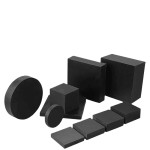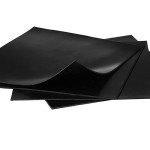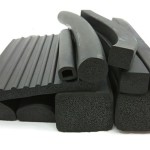28 Mar

0 Comment(s)
1645 View(s)
Rubber and silicone are two common materials used in various industries. Here is a comparison between the two:
- Chemical resistance: Silicone has good resistance to chemicals, including acids, alkalis, and solvents. Rubber, on the other hand, has varying levels of chemical resistance depending on the specific type of rubber used.
- Temperature range: Silicone can withstand a wider temperature range than rubber, with a minimum temperature of -100°C and a maximum temperature of +200°C. Rubber typically has a maximum temperature range of around +150°C.
- Compression set: Silicone has a low compression set, meaning it can withstand deformation and return to its original shape, making it a good choice for sealing applications. Rubber has varying compression set properties depending on the specific type of rubber used.
- Tensile strength: Rubber generally has higher tensile strength than silicone, making it more suitable for applications that require high mechanical strength.
- Elasticity: Rubber has higher elasticity than silicone, allowing it to stretch and return to its original shape better than silicone.
In summary, silicone has good chemical resistance and can withstand a wider temperature range, while rubber has higher tensile strength and elasticity. The choice between the two will ultimately depend on the specific requirements of the application





Leave a Comment